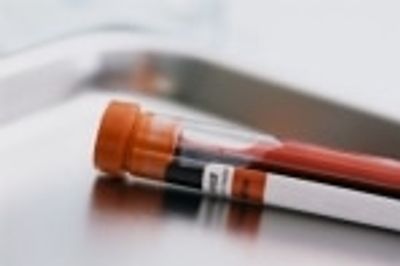The Centers for Disease Control and Prevention recommends routine screening of all patients 13 to 64 years of age in the United States for HIV, or human immunodeficiency virus. Getting tested regularly for HIV infection is promoted in the agency’s “HIV Screening. Standard Care.” campaign.
More than 1.1 million people in this country are living with HIV, according to a 2011 estimate, and about 20 percent of them are unaware of their HIV statuses.
Even today, many people do not have health insurance and others choose not to get HIV tests during routine visits to their physicians. But there are locations in the region where free or nearly free HIV testing is offered in an LGBT-welcoming environment. Some groups have begun requesting a small, optional donation to help defray costs.
In addition to these specific examples, many local health departments and Planned Parenthood branches (goo.gl/Fw3Sl) offer free or low-cost HIV testing. To search for a testing site by zip code, go to hivtest.org.
Current technology allows some sites to offer rapid testing, which requires an oral swab or finger stick. Preliminary results are known in 15-20 minutes. Other testing methods (mouth swab and blood-draw sampling) require about two weeks for results. If your rapid test shows a positive result, a lengthier, confirmatory test will be performed.
It’s not important that the person tested understand the science behind the testing method used. But it is key that he or she recognize that there is a window for developing antibodies to the virus after exposure. The most common testing methods detect antibodies, and in most people, it takes several weeks for these antibodies to develop after the potential infection date. Therefore, it is possible for an infected individual to test negative within this window.
Be mindful that counseling comes along with HIV testing. Both those testing positive and those testing negative might benefit from it. If you are able, make an appointment for your test (if not, drop in) and confide in someone close to you as to your plans. If possible, have this person accompany you to your test.
For detailed information on HIV risk factors, prevention, testing and treatment, go to cdc.gov/hiv."
